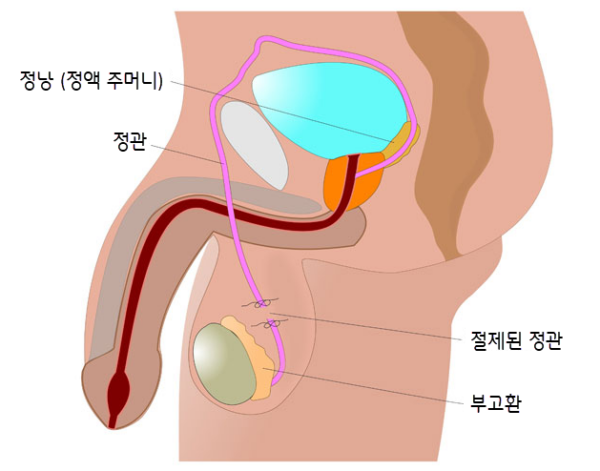No-Scalpel Vasectomy (NSV) in Korea
Responsible Contraception for Men
What is a laparoscopic surgery?
Vasectomy is a simple and effective permanent method of contraception for men who have decided not to have children after having children. Sperm produced in the testes travel through the vas deferens, and by blocking this path, sperm is no longer included in the semen, resulting in a natural and permanent contraceptive effect.
Vasectomy without a scrotum incision is a surgery that is performed without a scrotum skin incision. A small hole of 2~3mm in size is made in the scrotum using a special instrument, and the vas deferens is taken out of the skin and then the surgery is performed. This method leaves no incision marks on the skin and does not require sutures after the surgery, so there is no hassle of removing stitches. In addition, the surgery time is short, about 10~15 minutes, and there are also advantages in that the risk of inflammation or infection is greatly reduced.
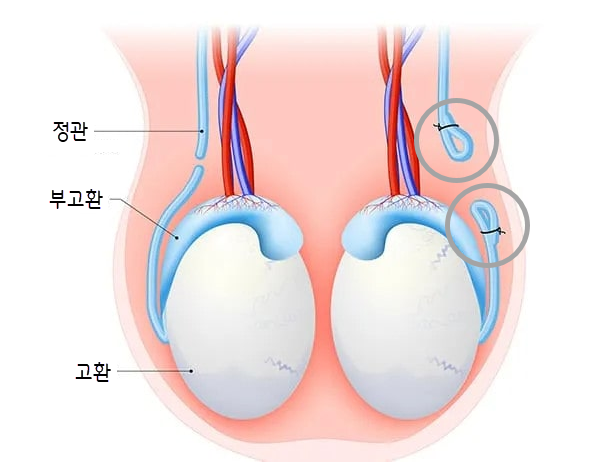
Existing vasectomy procedure and video
The conventional vasectomy involves making an incision in the scrotum using a scalpel, taking out the vas deferens through that area, and cutting about 1 cm. After that, the two ends of the vas deferens are tied with thread, and the cross-section is cauterized with electricity to complete the surgery. This process prevents sperm from being included in the semen, and the incision site is sutured after the surgery to complete the surgery.
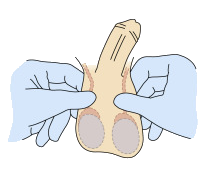
STEP 1
Examine each statute
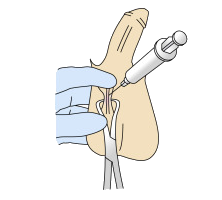
STEP 2
Injection of anesthetic into the vas deferens
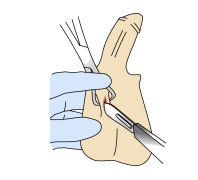
STEP 3
A small incision on the urethra
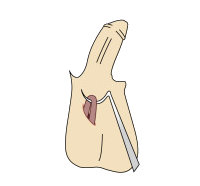
STEP 4
Separate the vas deferens from surrounding tissue
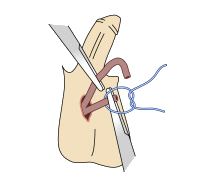
STEP 5
After removing some, tie the remaining ends together.
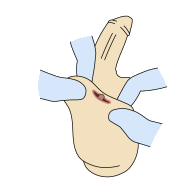
STEP 6
The tied end of the vas deferens returns to its original position.
Family planning is completed with responsible vasectomy
The procedure and video of the Mudo Jeonggwansul surgery
Unlike the traditional vasectomy, the non-invasive vasectomy is a laser-assisted surgery that uses a special device to create a tiny hole of about 2-3 mm in size without using a scalpel, and then blocks the vas deferens through the hole. This is a surgical method with a short recovery time and less pain and concerns about cysts.
In addition, the triple blocking technique can be expected to be permanent as it can block sperm movement more reliably. First, the vas deferens on both sides are tied, then they are blocked once more with a laser, and finally they are blocked with a double knot, so you can expect a contraceptive rate of almost 99% or more.
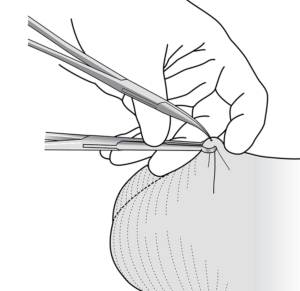
STEP 1
After local anesthesia, a 3-4 mm microscopic hole is created in the scrotum.
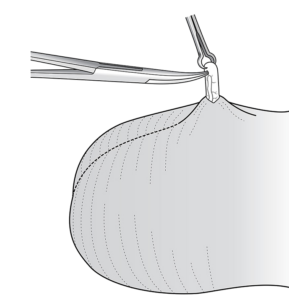
STEP 2
Exposure of the vas deferens outside the scrotum
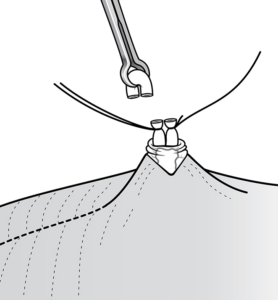
STEP 3
Tie it in a triple knot and finish by burning the ends with a laser.
Procedure Process Explanation
Vasectomy? No sexual function problems
Many people worry that their sexual function will decline after vasectomy, but it does not affect the amount of semen or sexual pleasure, and it is not related to erectile dysfunction, so it does not interfere with sexual life at all. If family planning is complete, it is the best method of contraception, but the probability of pregnancy decreases significantly after restoration surgery, so you should make a careful decision.
